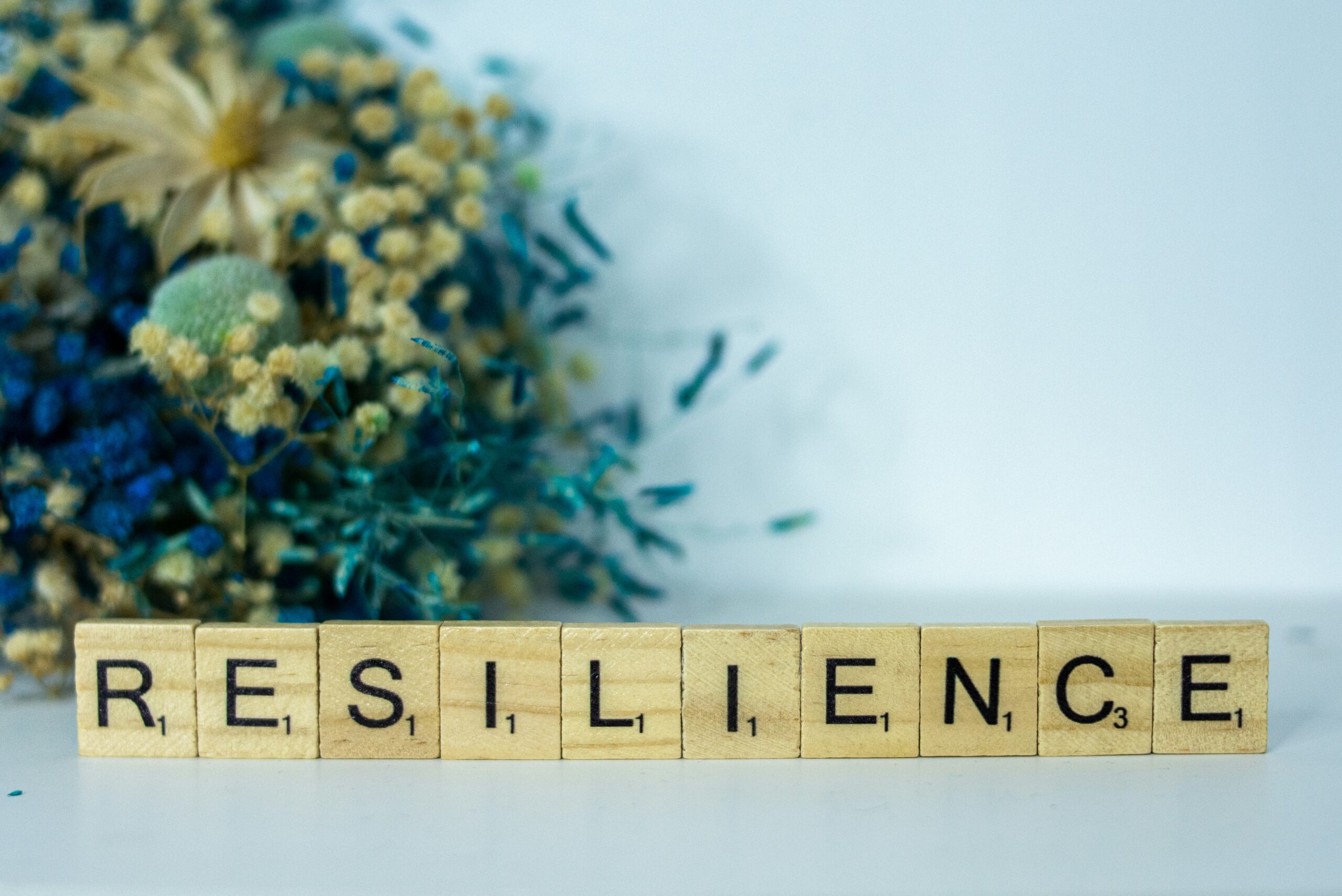
Healthcare is one of the most demanding professions in the world. Long hours, emotionally intense situations, and constant change mean that the people behind the care—doctors, nurses, therapists, administrators, and support staff—must be more than skilled. They must be resilient. Resilience in healthcare isn’t about never feeling pressure; it’s about creating teams that can adapt, recover, and continue to deliver excellent care, even when things get tough. Let’s explore how to build resilient healthcare teams that thrive over the long haul.
Why Resilience Matters More Than Ever
The pandemic revealed what many already knew: healthcare systems bend under strain, but the people hold them together. Burnout, staff shortages, and mental health challenges aren’t just personal struggles—they directly affect patient outcomes. A resilient team is one that can navigate crises without collapsing, maintain compassion even in chaos, and support each other through difficult days. Building resilience is no longer optional; it’s a long-term strategy for survival and success.
Creating a Culture of Psychological Safety
One of the cornerstones of resilience is psychological safety—the belief that you can speak up, ask questions, or admit mistakes without fear of punishment. In healthcare, this can literally save lives. Teams that feel safe are more likely to report near-misses, share new ideas, and support each other through challenges. Leaders play a critical role here by modeling openness, listening actively, and encouraging honesty. For example, a nurse who feels safe pointing out a potential dosage error could prevent a tragic mistake.
Prioritizing Wellbeing Without Guilt
Healthcare workers are often the worst at taking care of themselves. The culture of “patients first” sometimes gets twisted into “me never.” Yet resilience depends on people having the energy, clarity, and health to keep going. Organizations can help by normalizing breaks, providing access to counseling, and offering flexible scheduling where possible. A small but meaningful example: a hospital that created “quiet recharge rooms” for staff noticed improved morale and fewer sick days. It’s about giving people permission to care for themselves, not just others.
Investing in Cross-Training and Adaptability
Resilient teams aren’t rigid; they’re adaptable. Cross-training staff so they can step into different roles when needed prevents bottlenecks and reduces stress when someone is unavailable. For instance, a respiratory therapist trained in basic administrative tasks might step in to support clerical duties during peak times. This doesn’t just keep the system running—it helps staff understand each other’s challenges and fosters greater empathy across departments. Flexibility is resilience in action.
Strengthening Communication in Real Time
Breakdowns in communication are among the biggest causes of errors in healthcare. Resilient teams rely on clear, fast, and consistent communication—especially in high-pressure moments. Tools like structured handoff protocols, daily huddles, and even secure messaging apps help keep everyone aligned. But it’s not just about tools; it’s about habits. A surgeon who takes 60 seconds before a procedure to check in with the entire team sets the tone for collaboration and reduces the chance of mistakes.
Leading with Empathy and Clarity
Leadership is the backbone of resilience. In healthcare, leaders can’t just issue orders from above—they need to show empathy, clarity, and fairness. Empathetic leadership doesn’t mean being “soft”; it means understanding the human side of the work while still guiding teams with confidence. Take, for example, a department head who schedules regular check-ins, not just about tasks but about how staff are coping. That kind of leadership builds trust, reduces turnover, and encourages people to stay committed even during difficult times.
Turning Challenges Into Learning Opportunities
Every healthcare team faces setbacks—whether it’s a medical error, a sudden staffing shortage, or a system failure. The difference between a fragile team and a resilient one is how they respond. Instead of blame, resilient teams focus on learning. A hospital that runs regular “after-action reviews” after major events helps staff process what happened, identify improvements, and move forward stronger. This approach prevents mistakes from being repeated and turns challenges into stepping stones for growth.
Building Bonds That Go Beyond the Job
Resilience isn’t just about systems and strategies—it’s about people. Teams that know each other as humans, not just job titles, are better at weathering storms together. Simple acts like celebrating birthdays, organizing team lunches, or even sharing a laugh during tough shifts create bonds that matter when stress runs high. Think of it as building a net of support—when one person falters, others are there to catch them. These relationships turn healthcare teams into something more than coworkers: they become allies.
Final Thoughts: A Future Built on Strength
Healthcare will always be demanding. But demand doesn’t have to equal despair. By focusing on resilience—through safety, wellbeing, adaptability, communication, leadership, learning, and connection—healthcare teams can move from barely surviving to truly thriving. Patients feel the difference when their caregivers are supported, and so do the caregivers themselves. Long-term success in healthcare isn’t about avoiding challenges; it’s about building the strength to meet them together.